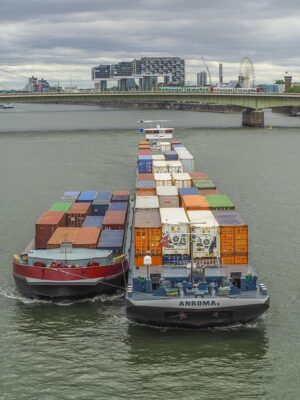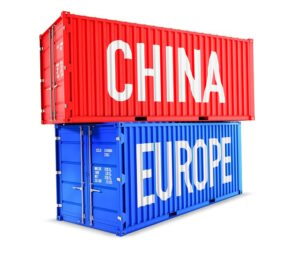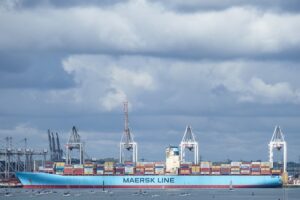Open-sided shipping containers offer unparalleled versatility and customization for logistics and transportation. With easy access for faster loading and unloading, they cater to diverse needs, from bulky items to temperature-controlled goods. Available in various sizes, options (like high cubes or insulated models), and both new/used choices, these containers provide a flexible, cost-effective solution for multiple sectors through custom modifications like racks or partitions. Today, their tailored designs revolutionize cargo transportation globally.
Open-sided shipping containers are transforming logistics, offering unique solutions for specialized loading needs. This article explores the benefits of custom open-sided shipping containers and how they’re revolutionizing industries. We’ll dive into designing containers tailored to specific scenarios, selecting appropriate materials and sizes, and implementing efficient customization for streamlined logistics. Discover how these versatile containers enhance supply chain management, providing optimal storage and transport for diverse goods.
- Understanding Open-Sided Shipping Container Benefits
- Designing Containers for Specific Loading Scenarios
- Tailoring Materials and Sizes to Requirements
- Implementing Customization for Efficient Logistics
Understanding Open-Sided Shipping Container Benefits
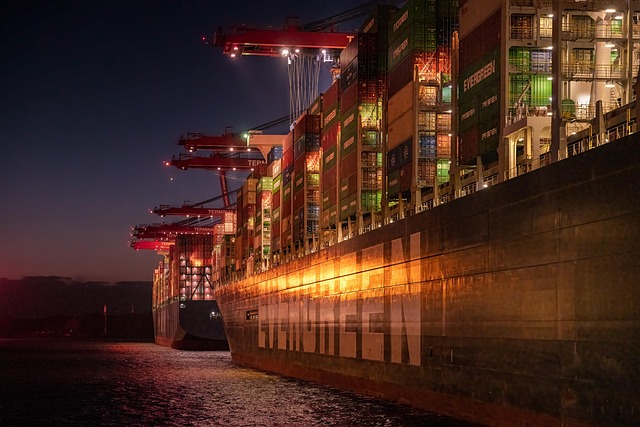
Open-sided shipping containers offer a unique set of benefits that make them stand out in the logistics and transportation industry. One of the key advantages is their versatility, allowing for a wide range of loading options. Unlike traditional closed containers, open-sided units provide easy access to the contents, facilitating faster loading and unloading processes. This feature is particularly useful for time-sensitive shipments or when handling bulky, odd-shaped items that might be challenging to fit through tight spaces.
Additionally, these containers are highly customizable, catering to specific requirements. Whether you need insulated options for temperature-controlled transportation or high-cube versions for maximum vertical storage, there’s an open-sided container to suit the purpose. They can be purchased new or used, and with various sizes available, including flat rack designs for oversized cargo, finding the right fit for your needs is made simpler. This level of adaptability makes open-sided shipping containers a cost-effective and flexible solution for businesses across diverse sectors.
Designing Containers for Specific Loading Scenarios
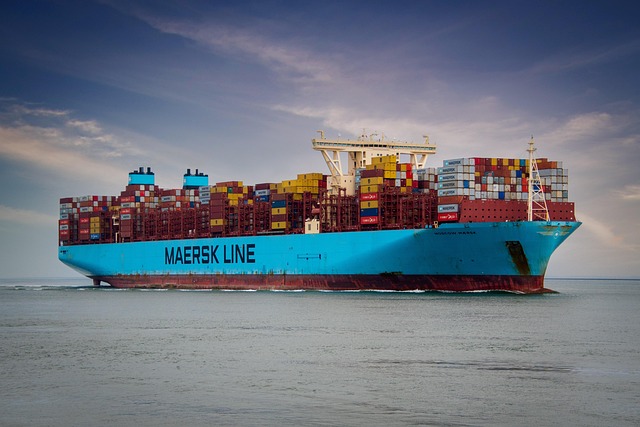
When designing open-sided shipping containers tailored to specific loading requirements, understanding the unique needs of each scenario is paramount. These versatile containers, available in various types like high cube, flat rack, and insulated options, can be further customized to accommodate specific cargoes, from oversized items to perishable goods that require temperature control.
Whether you need a container for storing and transporting agricultural produce, heavy machinery, or specialized equipment, careful consideration of factors such as container dimensions, strength, ventilation, and insulation ensures optimal loading efficiency. Custom modifications, including adding racks, shelving, or specific interior partitions, allow for customized solutions to meet unique handling and storage requirements, making open-sided shipping containers a flexible and cost-effective choice for diverse industries and applications, with options available through reputable dealers, suppliers, or rental services near you.
Tailoring Materials and Sizes to Requirements
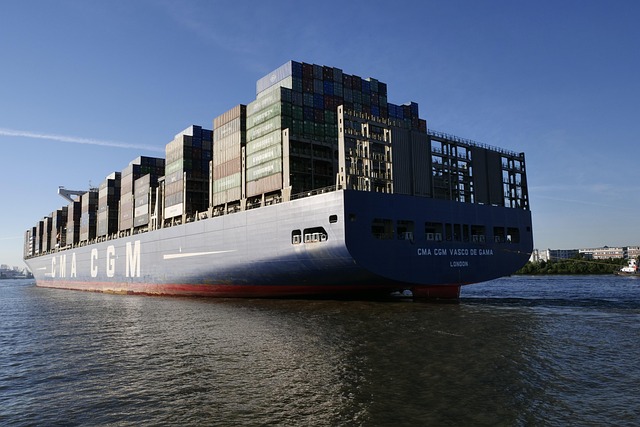
When crafting custom open-sided shipping containers, the first step involves carefully considering and tailoring both materials and sizes to meet specific loading requirements. Materials play a crucial role in ensuring structural integrity while withstanding various environmental conditions, especially when containers are used for outdoor storage or transport. Steel remains the dominant material choice due to its strength, durability, and resistance to corrosion, particularly in galvanised or coated forms.
Container dimensions are also critical. Standard sizes like 20ft and 40ft are common, but for unique loading needs, custom lengths and widths can be designed. For instance, open-sided shipping containers might require wider openings for easier loading of bulky items, or specialized heights to accommodate specific cargo. Moreover, options for additional features such as insulated walls or refrigerated units enhance versatility, catering to industries requiring temperature-controlled storage or transport.
Implementing Customization for Efficient Logistics
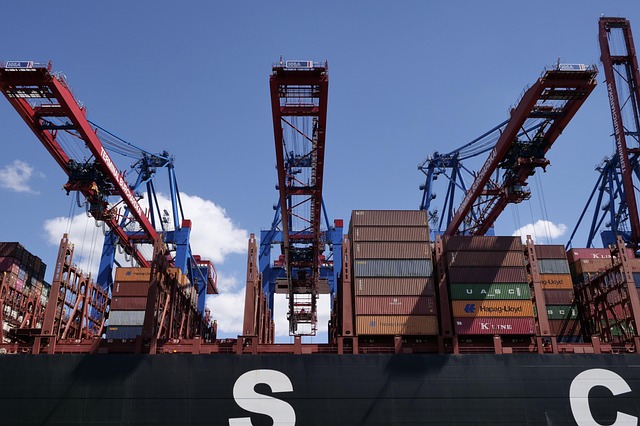
Implementing Customization for Efficient Logistics
In today’s dynamic logistics landscape, businesses are increasingly recognizing the value of custom open-sided shipping containers to meet their unique loading requirements. By tailoring these versatile containers to specific needs, companies can streamline operations and enhance overall efficiency. Whether it’s a need for specialized storage solutions, unique dimensions, or specific materials like insulated or refrigerated options, custom open-sided shipping containers offer an array of possibilities.
Dealers and suppliers across the globe now cater to this demand, offering both new and used open-sided shipping containers that can be modified and converted to suit various industries. From agricultural products to construction materials, these adaptable containers ensure safe transport while optimizing space utilization. Moreover, with modular designs and a wide range of choices, businesses have the flexibility to buy, rent, or lease open-sided shipping containers according to their short-term or long-term requirements.
Custom open-sided shipping containers offer a versatile solution for unique loading needs, streamlining logistics and maximizing efficiency. By understanding the benefits of these containers, designing them for specific scenarios, and tailoring materials and sizes, businesses can revolutionize their supply chain processes. This innovative approach ensures optimal utilization of space and resources, making open-sided shipping containers an indispensable asset in today’s dynamic market.

